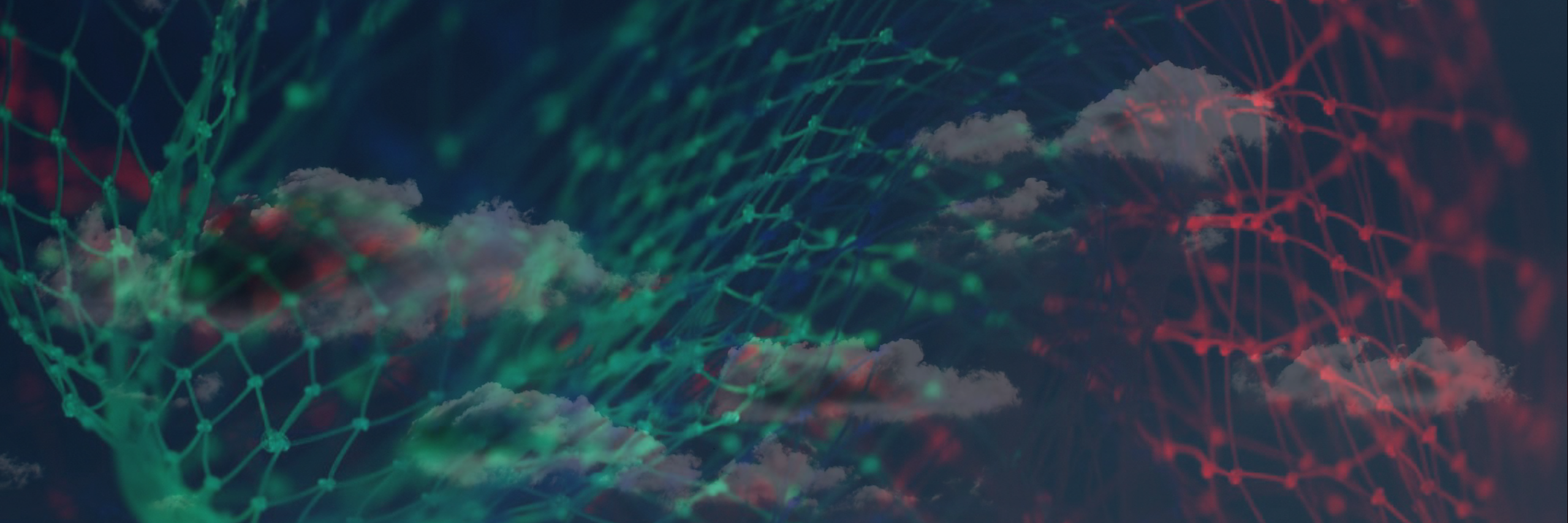Table of Contents

Share this entry

DevOps vs DevSecOps are two approaches to application development that can seem very similar, but there is a key difference. What exactly is the difference between devops and devsecops? Well, the way they impact IT efficiency as well business success depends on what you want your team to achieve with them – so which approach is right for your organization?
The distinction between DevOps and DevSecOps can seem insignificant to some people. However, this is not the case as teams that know how best to differentiate between these two approaches will be equipped with more insight on when it’s time for them to make key decisions in order to increase efficiency within their app development pipeline while also helping change current processes into ones focused towards speed, agility, and security.
DevOps vs DevSecOps: What Do They Have in Common?
One way to understand DevSecOps vs. DevOps is to understand the core components they have in common.
Collaborative Culture
A culture of collaboration is central to DevOps and security teams’ operations to help achieve development goals like rapid iteration or a deployment that doesn’t jeopardize privacy. The two methods involve the convergence of multiple teams. They all work together across an application’s lifecycle planning to create successful outcomes.
Automation
DevOps and DevSecOps both have the potential to utilize AI to automate steps in the app development process. For DevOps, this is done through auto-completed code and anomaly detection, among other tools. In the case of DevSecOps, automated and continuous security checks and anomaly detection can help proactively identify high-risk vulnerabilities and security risks, even within complex and ephemeral environments. This is particularly important as applications run on distributed, multi-cloud infrastructures and the IT perimeter continues to expand to identities.
Active Monitoring
Data monitoring for the purpose of learning and adapting plays an important role in DevOps as well as DevSecOps. Continually capturing and analyzing application data to drive improvements is a key factor in both of these methods. Having access to real-time data is an essential part of optimizing the application’s performance, minimizing the app’s attack surface, and improving the organization’s security posture overall.
The Difference Between DevOps and DevSecOps
The goal of DevOps is to ensure a faster, more efficient process for app deployment. They do this by working with development and operations teams on shared KPIs (key performance indicators) so each team knows where it needs input from in order to get the job done properly without any conflicts or errors along the way. A successful approach combines automation tools that allow engineers to deploy updates as quickly as possible while still ensuring predictability within your end user’s experience. By placing a great deal of focus on optimizing the speed of delivery, DevOps teams don’t always prioritize the prevention of security threats along the way, which can lead to the accrual of vulnerabilities that can jeopardize the application, the data, and other company assets.
The DevSecOps approach is an evolution of the traditional “development and operations” model. Instead, it begins with security in mind much earlier on throughout each project cycle – even before code has been written. With this new method for developing software which includes integrating application assurance into every step from planning through deployment; engineers are able to ensure apps remain secure during delivery so users can enjoy a safe experience whenever they use them. Through this method, application security begins at the outset of the build process, instead of at the end of the development pipeline. With this new approach, an engineer of DevSecOps strives to ensure that apps are secure against risks before being delivered to production, and are continuously secure during app updates. DevSecOps emphasizes that developers should create code with security in mind and aims to solve the issues with security that DevOps doesn’t address.
To give you more context, DevSecOps, includes code analysis, compliance monitoring, threat investigation, vulnerabilities assessments, etc. which are introduced into the DevOps ecosystem. Adding such security policies within the agile framework helps to ensure the codebase is secure from its inception, with continuous testing and evaluation.
What Activities Distinguish DevSecOps vs. DevOps?
While Waterfall and Agile methodologies were linear and mapped project activities into different sequential phases respectively, DevOps paved the way for a new ecosystem of development and operations teams working together for a proactive SDLC.
DevOps framework is an improvement to the SDLC, using practices like:
- Continuous integration (CI) merges code changes to ensure the most recent version is available to developers.
- Continuous delivery and continuous deployment (CD) – automates the process of releasing updates to increase efficiency
- Microservices – builds an application as a set of smaller services
- Infrastructure as code (IaC) – designing, implementing and managing app infrastructure needs through code
Here is how it works:
- Developers write the code and track their changes with version control
- The new code is integrated at the build phase
- Feedback is gathered from all code branches and compilation takes place
- Software code reaches the deployment phase
- If everything falls into place, the code gets released to production.
- In case bugs are found, the developers fix the code and the same processes reiterate.
- Every member who is involved is responsible for the overall success of the software delivery process.
Meanwhile, the DevSecOps approach includes the above practices, as well as:
- Common weaknesses enumeration (CWE) – improves the quality of code and increases the level of security during the CI and CD phases
- Threat modeling – implements security testing during the development pipeline to save time and cost in future
- Automated security testing – test for vulnerabilities in new builds on regular basis
- Incident response management – creates a standard framework for responding to security incidents
5 Steps to Convert From DevOps to DevSecOps
Here are five steps any organization can take to add security to its operations.
1. Partner with Developers to Address Security
Developers too often view security as a roadblock, especially if they jump into the process too late. It’s imperative to get teams on board with the concept of DevSecOps before making any changes in your process. Make sure everyone is on the same page about the necessity and benefits of securing applications early on, and how it affects your application development. Developers may not fully understand the specific security needs and approaches and may think they can handle it themselves.
2. Manage to Shift Left
The idea of “shift-left,” moving the responsibility for designing and implementing security as early as possible in the software development and system design process, has proven to be an integral benefit to improving security. In addition, doing things this way for resolving problems makes sure they are fixed permanently.
3. Choose the Right Combination of Security Testing Methods
There are lots of security testing methods out there, and it can be hard to know which ones are best suited for your organization. Once you know how you want to test security, you should find the right tools to enforce security.
4. Establish coding standards for your team
Assessing the quality of your code is an integral part of DevSecOps. By making sure that your code is strong and standardized, your team will have an easier time securing it in the future. If you don’t already have one, establish a system of educating developers on coding best practices and ensure that code changes can be implemented seamlessly.
5. Secure apps from the inside out
Protect applications that run on the public cloud from the inside out, instead of trying to defend the expanding perimeter. This way, a built-in security approach from the inside is much easier on IT teams and strengthens your security posture as a result.
The Future of DevOps and DevSecOps Integration
As DevOps continues to evolve and shift towards DevSecOps, we should see code standards, security, libraries, and legislation protocols follow suit with equally important security updates.
According to a recent report from Gartner, 80% of businesses that fail to shift to a modern security approach will face both increased operating costs and a lower response to attacks by 2023. It’s clear — businesses that can’t keep up with modern security technologies are falling behind.
We will see a continued shift in operations, including possibly new frameworks as we see advancement in automation technologies, including machine learning and artificial intelligence. The future of DevSecOps promises that collaboration will reach new heights of automation, monitoring, and quicker IT deployments. It’s clear, businesses can’t afford to leave security as an afterthought, which is why it’s important to start integrating DevSecOps practices into app development now.
THE ARCHITECT
The Newsletter for Cloud Security Leaders. 1x a month.
Read the latest news and insights
Sonrai cloud security platform, products and services are covered by U.S. Patent Nos. 10,728,307 and 11,134,085, together with other domestic and international patents pending. All rights reserved.







